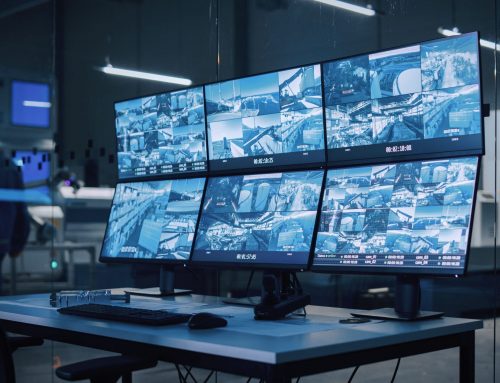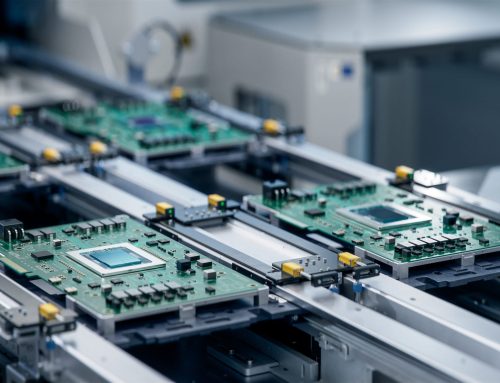Today’s younger generation has always been able to contact other people instantly, at the touch of a button — as birthday cards, handwritten letters and even a simple telephone call have been overshadowed by ground-breaking technologies such as instant messaging and video calling.
Online platforms have progressed to allow this kind of communication to take place. While the software encountered in instant communication is phenomenal, none of it would be possible without the advances in hardware and tangible electronics.
But how far have communication technologies come? And why is staying connected so crucial in our society?
How has being ‘connected’ evolved?
In the past, communicating regularly with anyone further than a few miles from home was a chore. Before phones were widely available, your best bet of getting a message to someone was via a letter, which could take weeks depending on where in the world it was going. Other now archaic means of communication include fax and the even more outdated telegram.
However, communication technologies have come an exceedingly long way in the last few decades. Electronics have allowed for the creation of the smartphone — a tiny, handheld device capable of far more than the cumbersome computers of the past.
Although the telephone has existed in its capacity since 1876, you wouldn’t have found one in every household and it was by no means portable. Now, the vast majority of us carry our address book, telephone, high-definition camera, contactless bank card and access to the internet in our back pockets.
Gone are the days of lugging around bulky phones or being unable to use the internet unless you sat in front of a massive computer with a chunky monitor.
What’s more, wearable tech manufacturers have even introduced touchscreen watches which allow you to take a phone call or read your messages directly from the watch on your wrist! Staying connected on the go has never been simpler.
Why is being connected so important?
In an age where travel to every corner of the globe is easier than ever, many people have a far-reaching, international social network of friends and family. As such, modern means of communication allow us to keep in frequent contact with people all over the world.
The ability to keep up to date with significant people in your life — not to mention the importance of being able to contact someone in a time of need — is one of the greatest things to come out of technology’s progression. In a society where loneliness is at its peak, instant communication offers those battling with mental health struggles an opportunity to contact someone easily if urgent help is needed.
Electronics have arguably facilitated the opportunity for a deeper human connection. While people often speak of the way social media and technology is making us less connected than ever, scientists have commented that social media and electronics not only complement but also help to develop and reinforce our social lives rather than replace them.
From a business perspective, productivity is at an all-time high thanks to improved communication technologies. Now, individuals can stay up to date quickly and easily with any industry updates or changes via online news channels and instant messaging.
Consequently, employees are better able to elicit changes within their company and the wider industry. A more casual approach to communication between peers via chat channels such as Slack or WhatsApp also softens the obligatory formalities of a traditional workplace and encourages collaboration.
Ease of international communication also allows companies to seek overseas employees, as physical business barriers are eliminated. Employees working for international businesses can communicate easily from anywhere in the world and, in turn, can work remotely. Such development in communication technologies means employees are no longer tethered to a specific place.
The future of communication tech
In the future, communication technologies will be driven by heightened connection speeds and vast networks of intelligent devices linked by the Internet of Things.
Capable of downloading files at 176Mb/s — more than 463% faster than 4G — the introduction of 5G wireless networks will allow for the fastest connections the world has ever seen.
With higher speeds comes higher intelligence, too. Artificial intelligence and robotics are taking us into a new era of communication technology, and devices such as the Amazon Alexa are now familiar household names.
What do you think the future looks like for communication technologies?
Discover how EC Electronics is helping to keep the world connected by getting in contact today!









